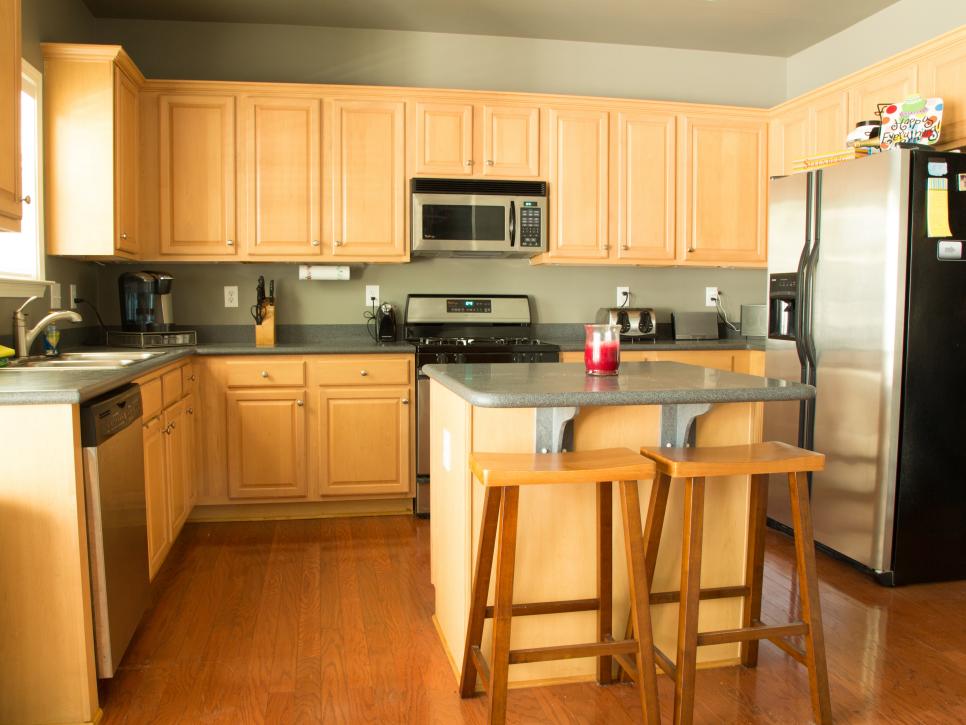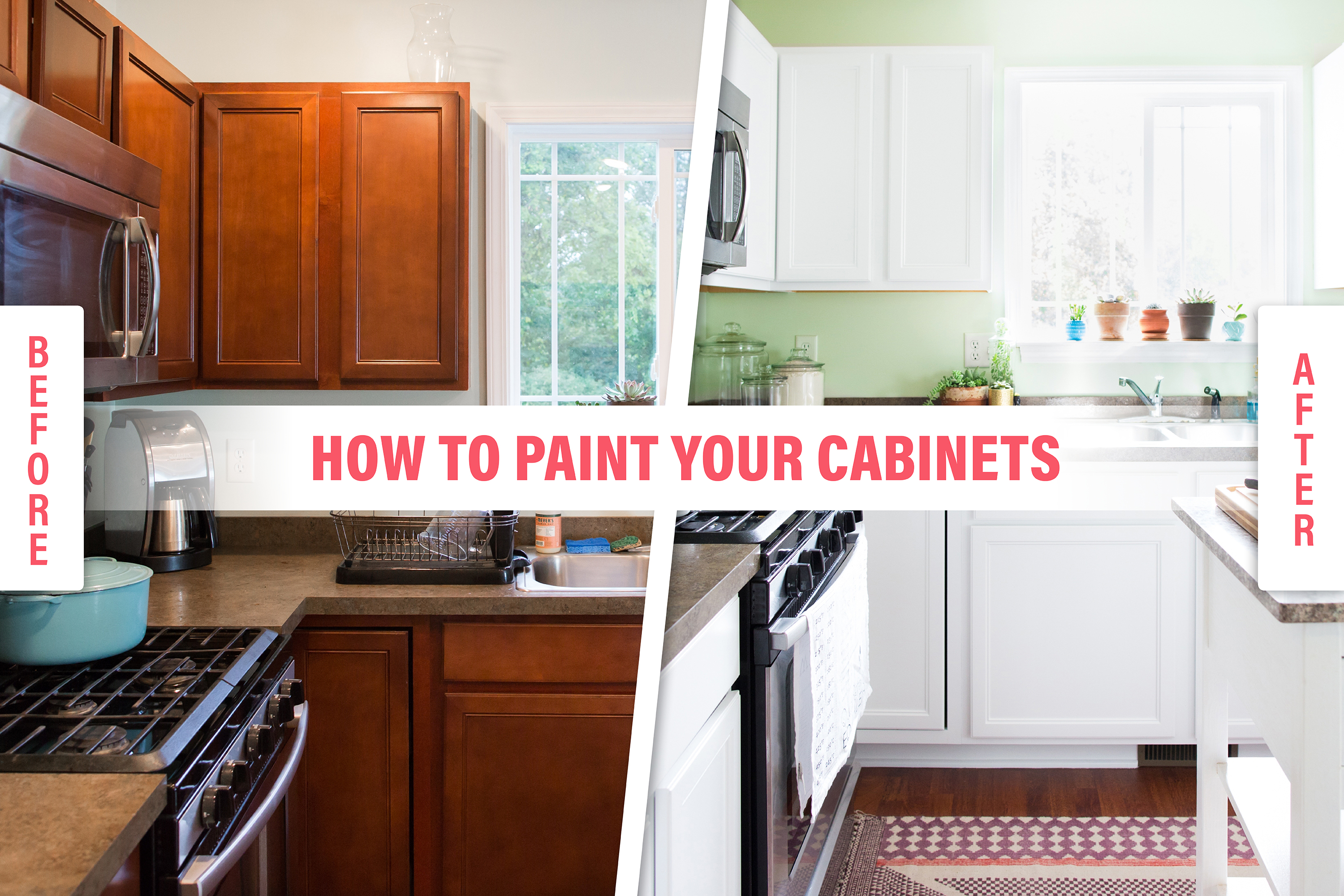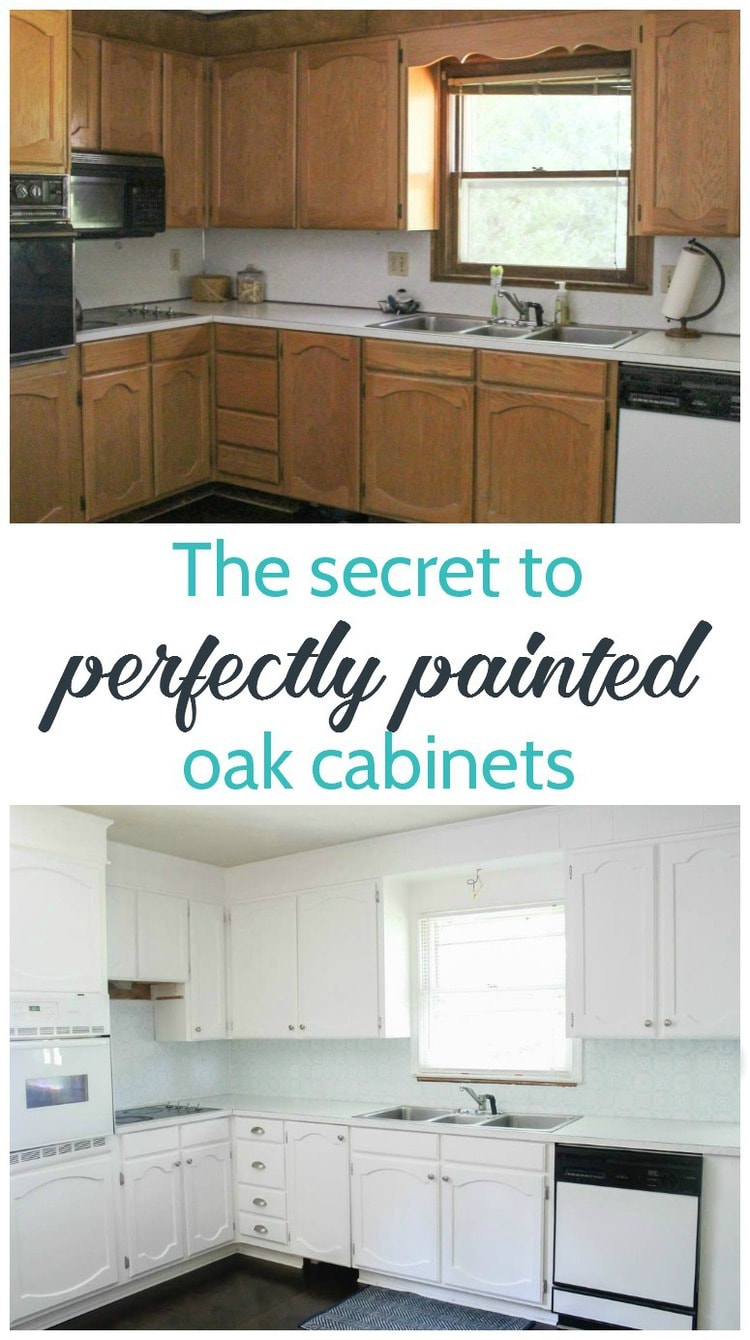
Tape rosin paper over the counter tops and flooring, and tape plastic sheeting over the backsplash, windows, repaired home appliances, and interior doorways (to safeguard the remainder of the home from dust and fumes). Mask off the wall around the cabinets. Lastly, set up a worktable for painting doors, drawers, and shelves.
" Old cabinets are covered with everything from hand oils to greasy smoke residue to petrified gravy," states Dee. "You have actually got to get all that off or the paint won't stick." Back out the hinge screws from the cabinet frame and eliminate the doors. Working methodically from left to right, top to bottom, label each one with a numbered piece of tape.
Set aside the shelf-hanging hardware. At your worktable, get rid of the pulls and hinges and conserve what's being recycled. On the doors, move the number from the tape to the exposed wood under one hinge. Cover it with fresh tape. Open the windows for ventilation and put on security gear. Scrub down all of the face frames, doors, drawer fronts, and shelving with an abrasive pad dipped in liquid deglosser.


Prior to the deglosser evaporates, quickly clean away the residue with another clean, deglosser-dampened rag. If you're relocating the hardware, fill the old screw holes with a two-part polyester wood or autobody filler. It embeds in about 5 minutes, so blend only small batches. (Dee includes a pea-size little bit of hardener to a golf-ball-size glob of filler - painting old cabinets white.) The filler diminishes a bit, so overfill the holes a little.
If it solidifies totally, sand it smooth - kitchen cabinet touch up paint. Sand all surfaces with the grain using 100-grit paper. To make sure no little bits of dust mar the surface, vacuum the cabinets inside and out, then rub them down with a tack fabric to catch any debris that the vacuum misses out on. Dee states, "Hand sanding is the finest technique on oak because you can press the paper into the open grain, which a power sander or sanding block will miss." When utilizing a tack cloth, unfold each brand-new fabric fully, down to one layer, then crumple it to get the greatest dust collection surface area.
But they simply sink into open-grained woods such as oak, ash, mahogany, or hickory. Brushing putty, the pudding-thick, oil-based covering Dee used on these oak cabinets, fills the grain as it primes the wood. A couple of caveats: It should be used with a good-quality nylon-polyester brush, which you'll need to get rid of after each coat. painted cabinets with stained doors.
The Facts About How To here Paint Cabinets check here Like A more info Pro here - Instructables Uncovered
Starting at the top of the cabinet, brush on the primer or brushing putty across the grain, then "tip off" pass the brush lightly over the damp surface in the direction of the grain. Always tip off in a single stroke from one end to the other. Give it a day to dry.
Sand any profiled surface areas with a medium-grit sanding sponge. When you're done, everything should be glass-smooth. Follow the underlying structure of the cabinet or door with the brush. Where a rail (horizontal piece) butts into a stile (vertical piece), for example, paint the rail first, overlapping somewhat onto the stile.
Where a stile butts into a rail, paint the stile initially. painting oak cabinets gray. Squeeze a thin bead of latex caulk into any open joints. Pull the idea as you go, then smooth the caulk with a moist finger. Fill any small damages, scratches, or dings with vinyl spackle, smoothed flat with a putty knife.